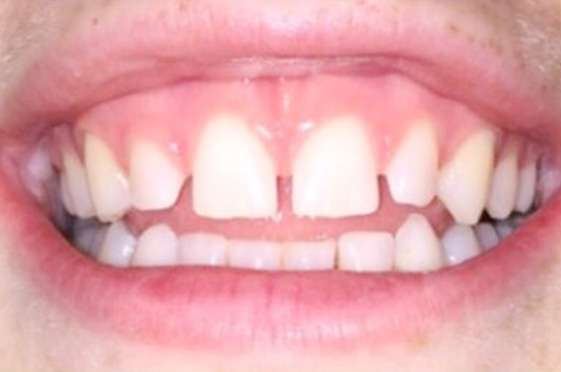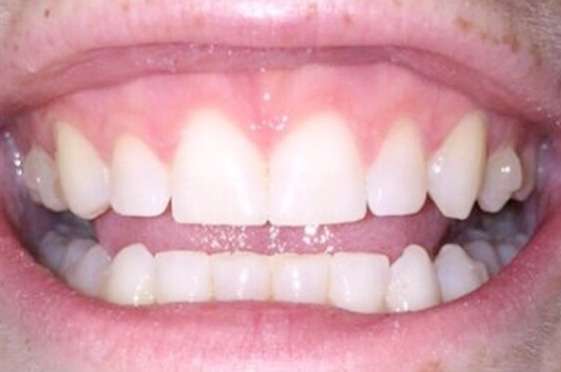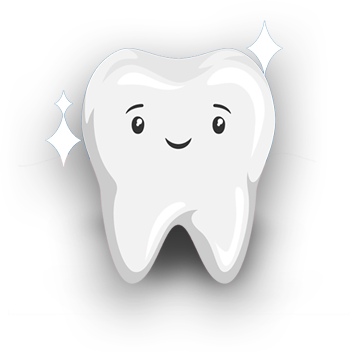Dental gaps are not viewed the same as they were many years ago. Today, they have become somewhat of a fashion statement among many celebrities, especially models. However, for the majority of us, these gaps are more of a nuisance than anything else and can affect self-confidence. Fortunately, with the advancements in dentistry, there are now many effective ways to fix gaps in teeth.
At The Dental Cure, we offer the best teeth gap treatment in Gurgaon. Our skilled orthodontists provide various solutions to close dental gaps, ensuring you achieve a beautiful, confident smile. For those seeking expert care, our orthodontist in Gurgaon can help you find the perfect treatment to suit your needs.


Talk To A Dentist


Wondering What Is Best For You ?
The procedure you choose would depend on how much you’re willing to spend, over what period of time you would want it to work and, of course, the severity and size of the gap. Some examples of ways to remove a diastema, a space or gap between two teeth, are as follows:
BRACES
This seems to be the most well-known of all the procedures. This actually involves the bone shape of the mouth, and no matter where the diastema is found, a full-mouth brace is required because all the teeth can shift under the pressure.
There are now Invisalign braces that can be used in less severe cases. A major benefit is the fact that most insurance companies cover the costs of having braces and with all the latest procedures, the pain is reduced.
DENTAL IMPLANTS
An implant is either a fixed or a removable replacement tooth that fits into the gap. This is usually best when the diastema is a full tooth wide. The replacement tooth will be inserted into the gum or bone, and sometimes attached to the surrounding teeth. Dental implants procedure has an extremely high success rate of 98% and is known for its long-lasting benefits. It is, however, slightly more costly than other options.
DENTAL BONDING
This is the ‘quick-fix’ option. It involves the application of resin to teeth and after a few hours, the resin dries and makes the teeth look as good as new – sometimes even better. It is mainly used for chipped or broken teeth but it can be used to fill a diastema too. It is one of the cheapest options, but it is not the most long-lasting.
CROWNS AND VENEERS
They are very similar and they aim to do the same thing. However, the entire purpose of a crown is to fix the damage done in your mouth. It is a porcelain shell that fits over most of the tooth, unlike the veneers which are just bonded to the front of the tooth, and therefore can fix more issues. Porcelain veneers and crowns are slightly more expensive and take longer than the dental bonding but as a result they last much longer and look very natural.
Now are you convinced that there is more than one way to fix a gap in your teeth? If the idea of braces traumatises you, then there are other ways that the diastema can be fixed. It doesn’t have to take years, and it doesn’t even have to be noticeable. If you would prefer not to be like those models and celebrities making a statement, no need to worry – there are plenty of painless, long lasting procedures that will do away with your gap in no time.
At Dental Cure India, we offer a comprehensive and personalized approach to treat gaps between teeth. Here’s an overview of the procedure:
At Dental Cure India, we ensure that your treatment for teeth gaps is comfortable, effective, and tailored to your individual needs. For the best teeth gap treatment in Gurgaon and expert orthodontists in Gurgaon, trust our dedicated team to help you achieve a beautiful and confident smile.



Q: What causes gaps between teeth?
A: Gaps between teeth, also known as diastema, can be caused by various factors including genetics, mismatched jawbone and teeth sizes, missing teeth, thumb sucking in childhood, or periodontal (gum) disease.
Q: Are gaps between teeth harmful?
A: While some people may not experience any issues, gaps can lead to food getting trapped, which increases the risk of plaque buildup and gum disease. They can also affect your bite and overall oral health.
Q: What are the available treatments for closing gaps between teeth?
A: Treatments include orthodontic braces, clear aligners, dental bonding, veneers, crowns, and bridges. The best option depends on the specific condition of your teeth and your personal preferences.
Q: How long does it take to close gaps between teeth with braces or aligners?
A: The treatment duration varies based on the severity of the gaps and the type of orthodontic treatment. It can range from a few months to a couple of years. Clear aligners might offer a quicker solution in some cases.
Q: Is the treatment painful?
A: Some treatments, like braces and clear aligners, might cause mild discomfort or pressure, especially after adjustments. However, procedures like dental bonding and veneers are typically painless.
Q: Can adults undergo teeth gap treatment?
A: Yes, adults can undergo teeth gap treatment. There are various options available that cater to different ages and dental conditions.
Q: How do I care for my teeth after gap treatment?
A: Maintain good oral hygiene by brushing and flossing regularly, and visit your dentist for routine check-ups. Avoid habits that can damage your teeth, such as chewing on hard objects.
Q: Will insurance cover the cost of teeth gap treatment?
A: Coverage varies by insurance plan. Some plans may cover orthodontic treatments, especially if they are deemed medically necessary. It’s best to check with your insurance provider for specific details.
Q: How do I know which treatment is right for me?
A: Our orthodontist will evaluate your teeth and discuss your goals and preferences to recommend the best treatment option for you.
Q: How long do the results of teeth gap treatment last?
A: With proper care and maintenance, the results can last a lifetime. Regular dental visits and good oral hygiene are crucial for maintaining the results.


Talk To A Dentist
Get A Callback From An Expert Dentist
Award Winning Dental Clinic
15+ Years Of Experience
1 Lakh+ Smiles Delivered
About Us
The Dental Cure is an award winning dental clinic in Gurgaon, India. which offers world class dental services with the best corporate setup of its kind in the country. The clinic boasts of a very advanced, state-of-the-art infrastructure and qualified staff who believe in providing painless dental treatment to keep you comfortable throughout.
Quick Links
Clinic Locations
Office Hours
Digitally Scaled by 4 Doctor Marketing
Comprehensive Dental Care


Get A Callback From An Expert Dentist